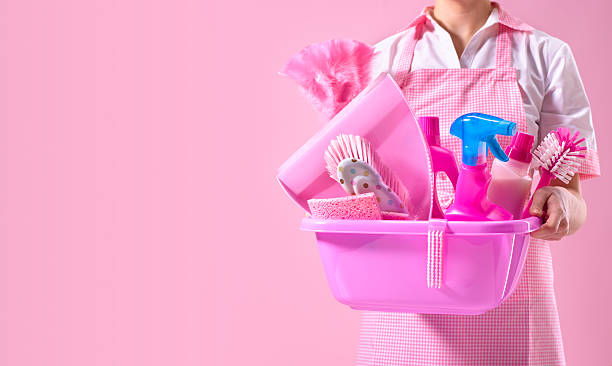Discovering a flooded basement can be a homeowner’s worst nightmare, triggering a rush of panic and uncertainty. However, with prompt action and the right approach, you can significantly mitigate the damage. Whether the flooding is due to heavy rainfall, a malfunctioning sump pump, or a burst pipe, knowing how to respond effectively is crucial. Here are essential steps to handle a flooded basement and minimize the impact on your home and health. For professional assistance in dealing with plumbing emergencies, visit sandiegoemergencyplumbing.com/. Their expertise can help ensure a swift and thorough resolution to your basement flooding woes.
Safety First: Assess the Situation
The first priority in a flooding scenario is ensuring the safety of you and your family. Flooded basements can pose several risks, including electrical hazards and exposure to contaminated water, particularly when caused by overflowing bathtubs, toilets, or sinks. It’s crucial to address these hazards promptly to prevent accidents and minimize health risks. If you’re unsure how to safely handle the situation, consider seeking assistance from professionals. They can provide expert guidance and support to ensure your family’s safety during this challenging time.
Turn Off Electricity and Gas
Before entering a flooded basement, ensure the electricity and gas are turned off to avoid shock or explosion risks. This should ideally be done from a safe location outside the flooded area.
Wear Protective Gear
If you must enter the flooded area, wear protective gear such as waterproof boots, gloves, and a face mask to protect against potentially contaminated water.
Stop the Water Source
Identifying and stopping the source of the water is critical to prevent further flooding. The sooner you can halt the influx of water, the less damage your property will incur.
Locate the Source
Determine whether the water is coming from an internal source (like a burst pipe) or an external one (such as heavy rain penetrating the foundation). This knowledge will guide your next steps.
Take Immediate Action
For internal leaks, shut off the main water valve. If external water is the issue, you may need to wait until the rain stops or take interim measures like sandbagging the area around your foundation.
Begin Water Removal
Once it’s safe to do so, start removing the water as quickly as possible to limit damage to your home’s structure and reduce the risk of mold.
Use a Pump or Wet Vac
A sump pump, pool pump, or a wet-dry vacuum can be effective tools for removing standing water. Ensure you’re using a power source that’s not at risk of water damage or electrical shock.
Mop and Bucket
For smaller floods or to remove residual water after pumping, mopping up the water and emptying it into a drain or outside your home can be effective.
Dry Out the Area
Completely drying out your basement is crucial to prevent mold and mildew growth, which can cause health problems and additional property damage.
Use Fans and Dehumidifiers
Position fans and dehumidifiers around the flooded area to circulate air and remove moisture. This process can take several days, so patience is key.
Remove Wet Items
Take out wet items like rugs, furniture, and boxes. Assess whether they can be cleaned and dried or if they should be discarded.
Clean and Disinfect
After the basement is dry, cleaning and disinfecting the area will help prevent mold growth and eliminate any contaminants brought in by the floodwater.
Clean Surfaces
Use a mixture of hot water and heavy-duty cleaner to scrub all affected surfaces. For concrete floors, a solution of one part bleach to ten parts water can disinfect effectively.
Address Mold and Mildew
Inspect the area for any signs of mold and mildew. If found, use a mold-killing solution or consider hiring a professional mold remediation service to ensure it’s thoroughly removed.
Consider Professional Help
Depending on the severity of the flooding and the damage incurred, professional restoration services may be necessary to fully recover your basement and prevent long-term issues.
When to Call Professionals
If the flooding involves sewage, toxic substances, or if the structural integrity of your home is compromised, it’s best to call in professional restoration services.
Take photos and keep records of the damage and any repairs for insurance purposes. Contact your insurance company promptly to report the incident and understand your coverage.
In conclusion, a flooded basement is undoubtedly challenging, but taking swift and strategic action can greatly reduce the damage and risk to your home and health. By prioritizing safety, stopping the water source, removing water, drying out the area, cleaning and disinfecting, and seeking professional help when necessary, you can navigate the aftermath of a basement flood more effectively. Remember, preparation and knowledge are your best tools in minimizing the impact of such unexpected events.







